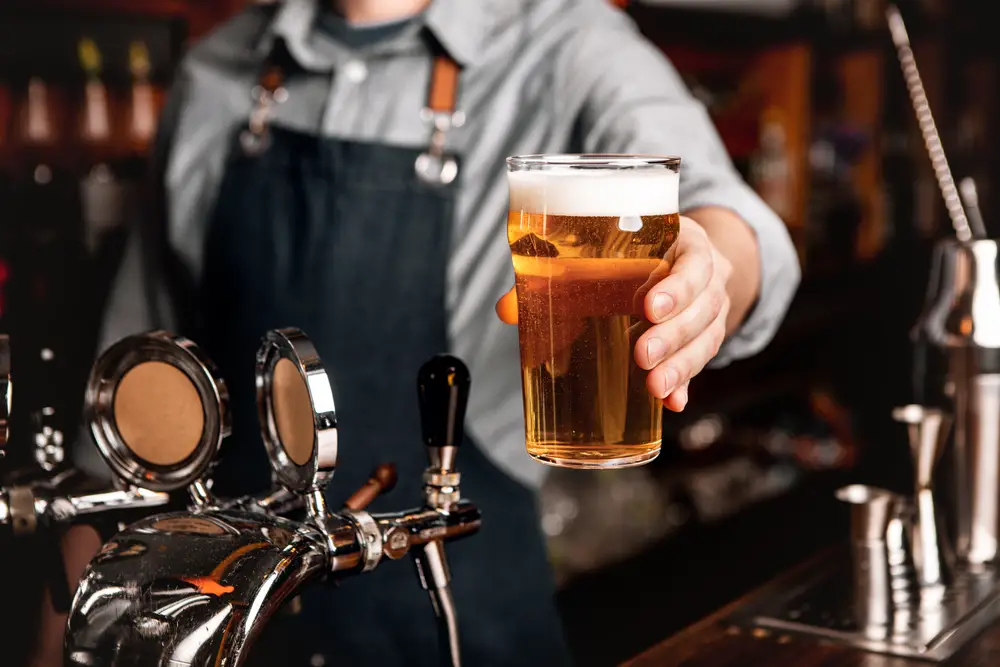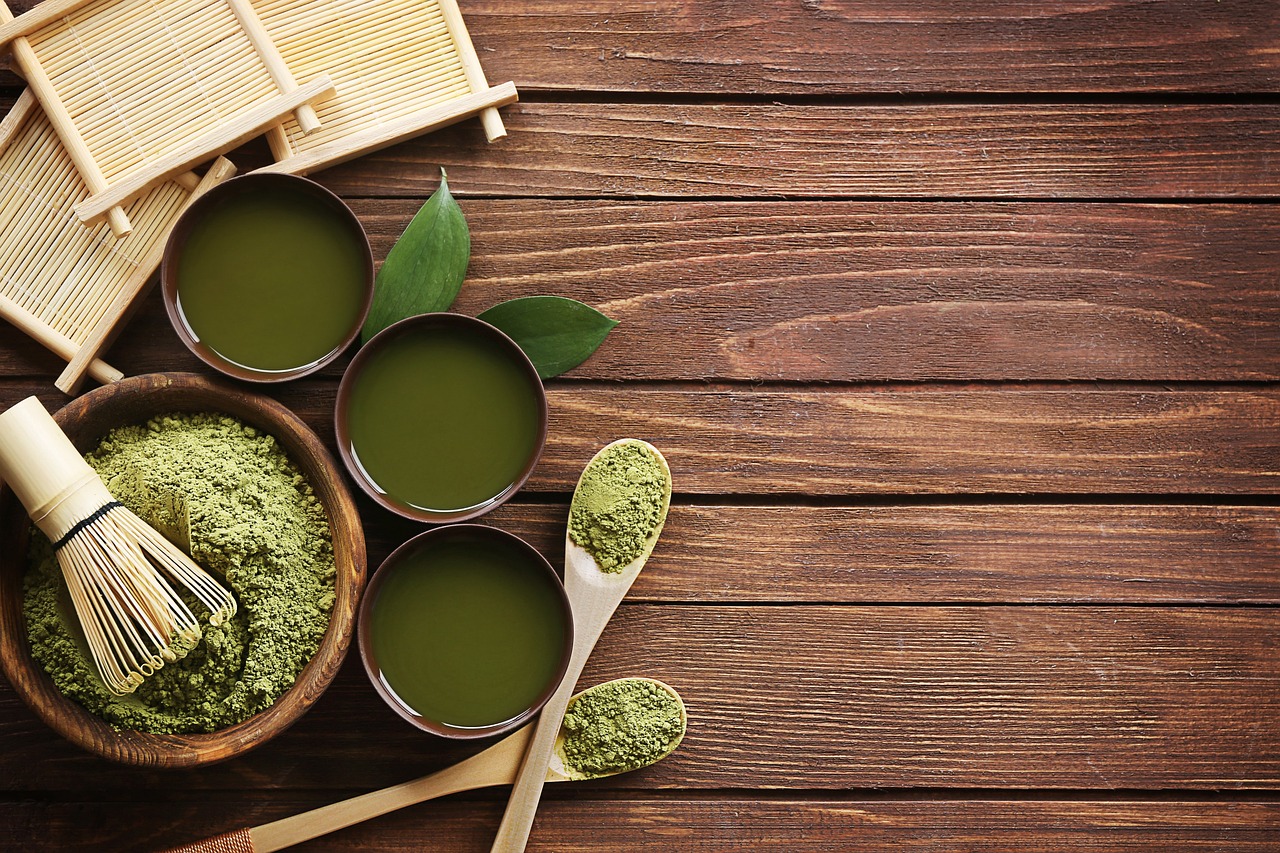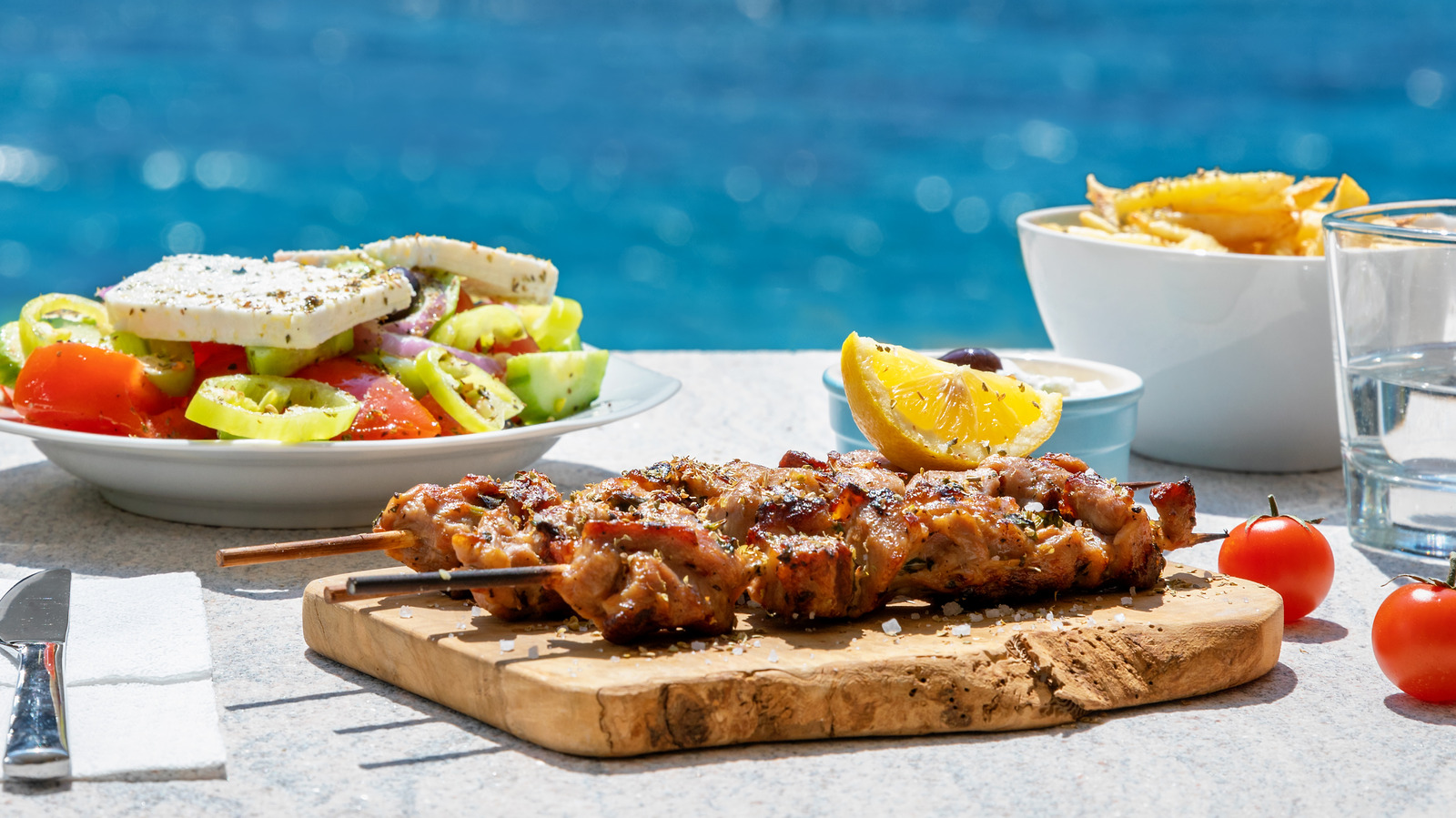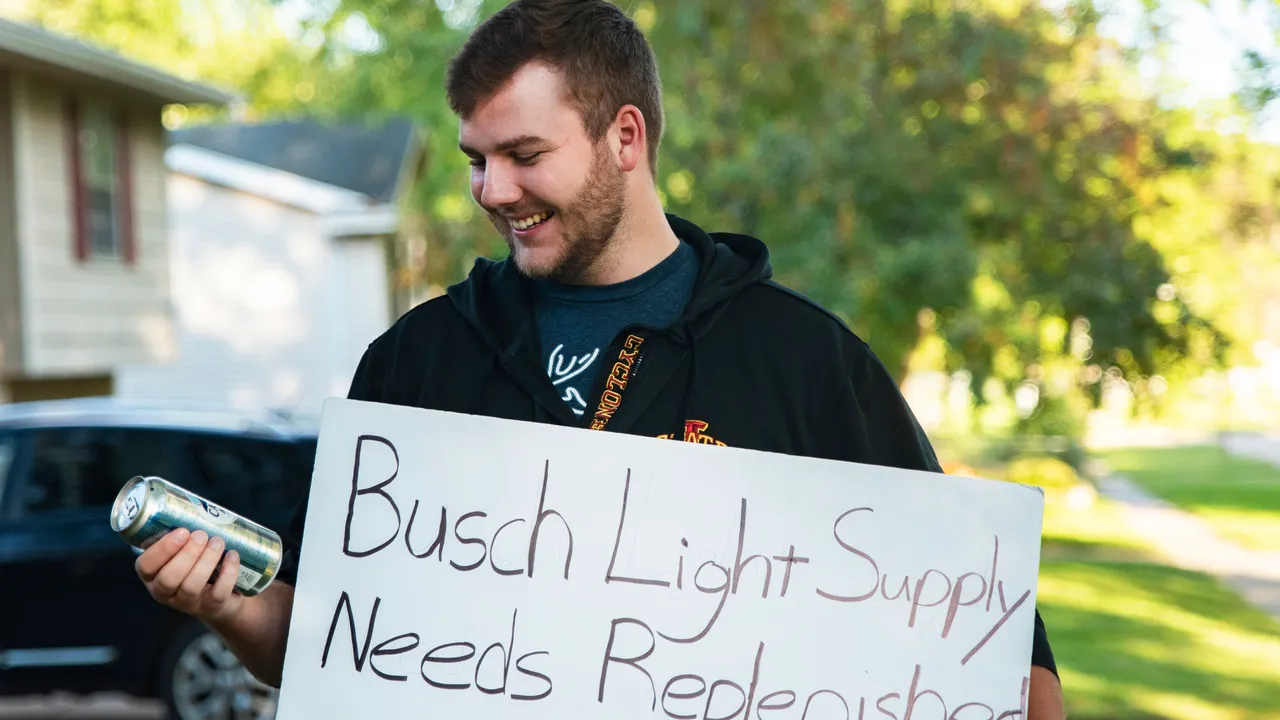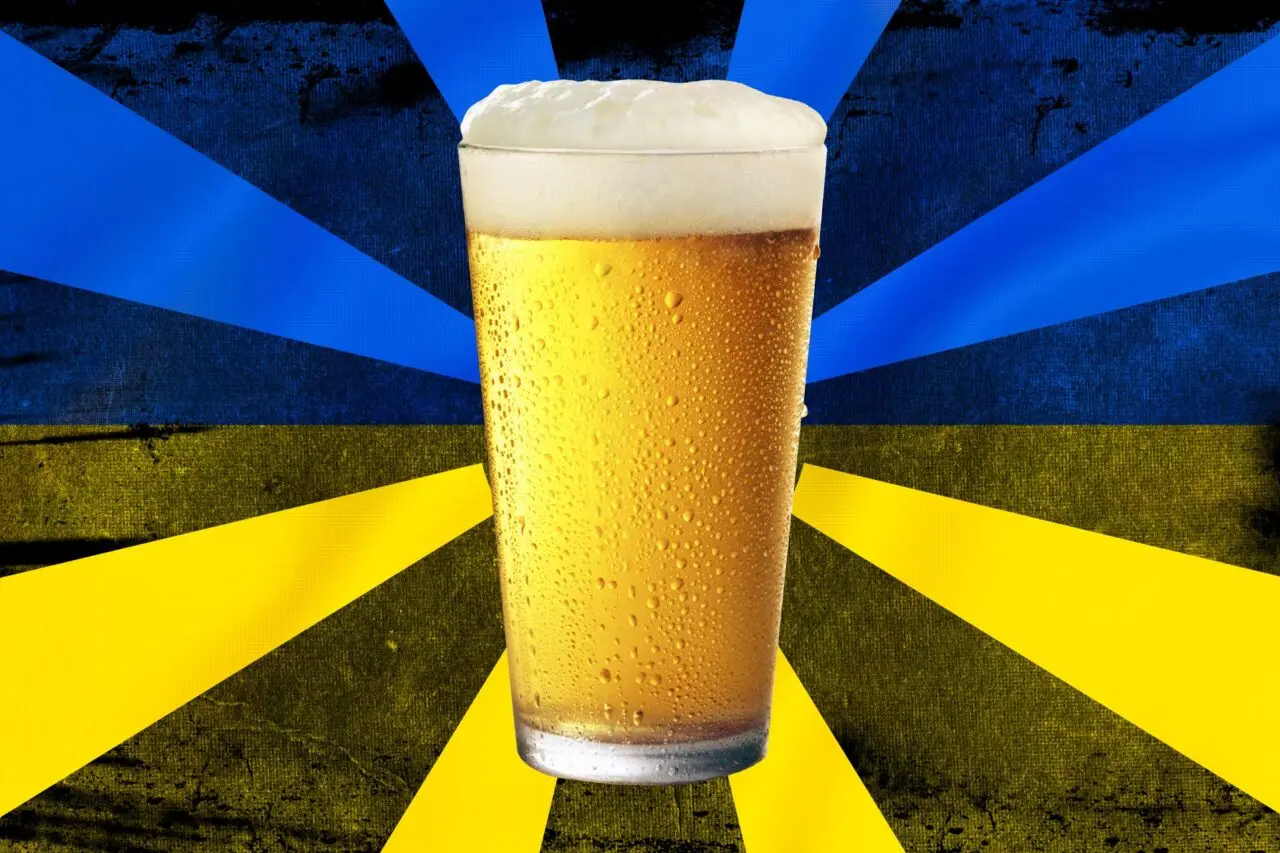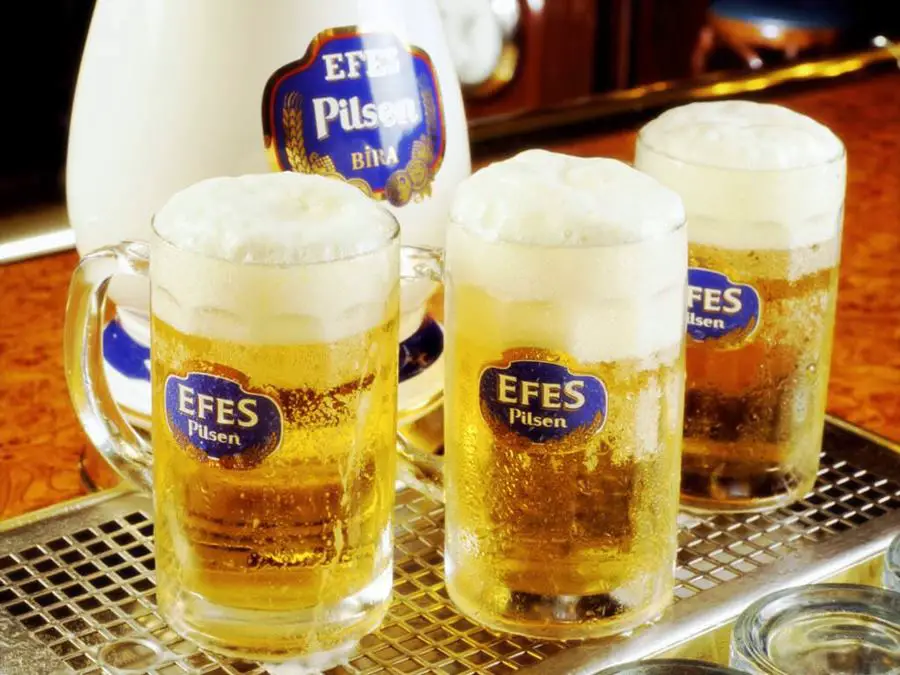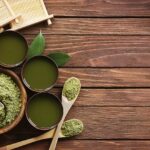Have you ever wondered why draft beer is a mainstay in almost all establishments serving alcoholic beverages? It’s because draft beer is king, and this article aims to talk about what draft beer is, how it’s usually made, and what it tastes like.
The flavor, the carbonation, and the kick just hit differently. There’s something quite special with every beer drawn straight from the tap that doesn’t translate well when drinking from a can or bottle.
With that being said, let’s take a journey back into a time when one of the most interesting brewing processes that mankind invented: Draft Beer. It’s time to discover what makes draft beer different from the rest.
Table of Contents
ToggleWhat is Draft Beer?
To put things simply, draft beer is any kind of beer that has been drawn out from a keg (or a cask). It’s what most beer aficionados prefer as it has a very refreshing and delightful flavor and taste.
If you value the taste of beer over anything else, then draft beer is the way to go. Because of the manufacturing process, it’s the gold standard for retaining freshness and flavor from tap to glass.
As for alcohol-by-volume (ABV), the national average is around 5.2%. While not as high as its counterparts, most beer aficionados prefer this over stronger alcoholic drinks.
Draft Beer: A Short History
Originally called draught beer back in the day, they are basically beer that has been stored in casks and they are served right from the tap. It was a time when pressurized containers weren’t even a thing.
It wasn’t until the beer engine was invented that the industry witnessed significant improvements in storage and handling, as well as flavor quality and carbonation directly from kegs to pints. The process wasn’t simple, but it was eventually solved thanks to human ingenuity.
Since then, pressurized containers have become the norm, and casks have been replaced with kegs. This method revolutionized what draft beer is all about. Today, you can take home a keg of beer to enjoy draft beer right in the comfort of your home.
Draft Beer: The Process
The brewing process of draft beer is basically the same as other beers. What makes draft beer different is due to “kegging,” a method where the fermented ingredients and carbonation will be stored in a keg.
Here’s how the process is done step-by-step.
Step 1
Barley and other grains are processed into fine pieces. This is to ensure that all the sugar is extracted.
Step 2
While the mashed ingredient is being brought to a boil, flavor enhancers like hops are going to be added. This process is important to build up the flavor profile and bitterness of the brew.
Step 3
After the ingredients are boiled and cooled down, the fermentation process will take place. Yeast and/or other rising agents will be used inside the fermenting container.
Step 4
After the ingredients have finished the fermenting process, the ingredients will now be transferred to kegs combined with carbon dioxide to maintain freshness and flavor. Once sealed, the keg is ready for consumption.
While there are breweries that have different manufacturing methods, the process is basically the same. If they are using carbon dioxide for carbonation, then it’s draft or draught beer by default.
Draft Beer: Comparison and Taste
If you’re wondering what draft beer tastes like compared to bottled and canned beer, this segment will break it down to its characteristics. The goal is to give readers a general idea of what to expect.
Carbonation and Pressure
Most beer drinkers prefer the right amount of fix in every beer mug or pint. The technological advancements that beer industries have perfected over the years have ensured the right amount of carbonation in every keg.
Flavor Profile
Since draft beer is basically safe from outside elements like sunlight and varying temperatures, the biggest difference most people notice is the aroma and flavor. It has a more refreshing flavor profile that you simply can’t get from a can or bottle, regardless of the temperature.
Stict Storage and Dispensing Procedures
When it comes to storage and consumption of draft beer, serving it at the recommended temperature is vital for the taste and experience of beer drinkers. Serving the beer at exactly 54 degrees Fahrenheit ensures better-tasting beer for every keg.
Shelf Life
Unlike bottled and canned beverages, casks and kegs have a shorter shelf life. In fact, pasteurized kegs can maintain freshness for up to 120 days, while unpasteurized ones can only remain fresh for up to 60 days.
Once opened, it has to be consumed within 12 hours before it gets stale.
Understanding Cask Beer and Keg Beer
While both can be considered draft beers, they are not entirely the same. Here is some information about the two.
Keg Beer
Keg beer only has one fermentation process, thanks to pasteurization. It relies on a combination of gasses to keep the fermented beer pressurized. This method makes draft beer remain fresh and flavorful from day one.
Cask Beer
Cask beer relies on two fermentation processes: beer fermentation and natural carbonation. Yeast is usually the go-to ingredient for adding carbonation via a second fermentation, which takes a long time to settle. Once done, the end result is a richer and more flavorful beer.
Conclusion
It’s always amazing to see the evolution of draft beer from its humble beginnings. Now that you have learned its history, its brewing process, and its flavor profile, would you agree that this type of beer belongs to the Mount Rushmore of beers?
While it’s true that there’s always a perfect alcoholic beverage for every occasion, it’s safe to say that draft beer is the perfect partner for any occasion. From aroma and flavor to the right amount of fizziness and alcohol content, it has all the qualities for a perfectly enjoyable night.
Before you head out into a bar, take the time to reflect and appreciate centuries of human ingenuity just to provide you with an ice-cold drink straight out of the tap.

I am a passionate beer connoisseur with a deep appreciation for the art and science of brewing. With years of experience tasting and evaluating various beers, I love to share my opinions and insights with others and I am always eager to engage in lively discussions about my favorite beverage.

